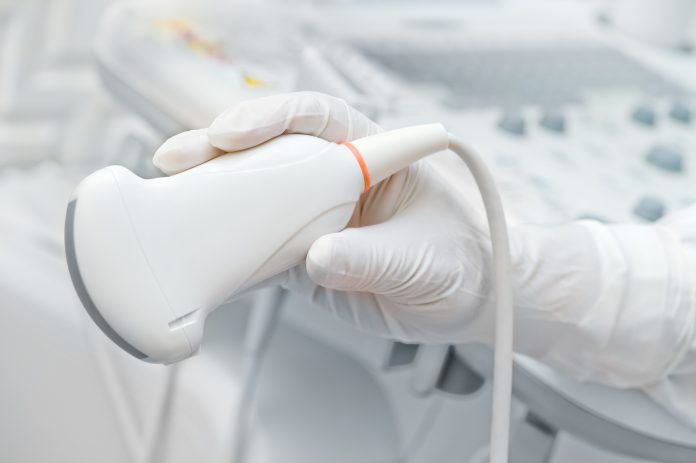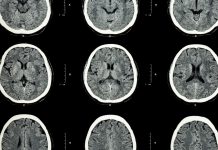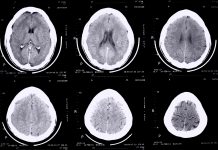Research has found that low-intensity transcranial ultrasound stimulation can modulate brain activity and behaviours, supporting the observations of psychiatric conditions
A new study has highlighted which parts of the brain support credit assignment processes – or how the brain links outcomes with its decisions – and how low-intensity transcranial ultrasound stimulation (TUS) can regulate both brain activity and behaviours related to these decision-making and learning processes.
Currently developed in an animal model in a brain area relative to the one in humans, this study using TUS could hopefully be applied to clinical research to observe and tackle psychiatric conditions and their maladaptive decisions.
Combining non-invasive ultrasound stimulation and whole-brain imaging in macaque monkeys
The study, published in the journal Science Advances, highlights the credit assignment-related activity in the lateral prefrontal area of the brain supporting adaptive behaviours, can be securely, and quickly disrupted with TUS.
The animals used in the study became more tentative in their decision making after stimulating this brain area. Due to the ultrasound neuromodulation, behaviour was no longer guided by choice value, implying that they could not understand that some choices would cause better outcomes, and decision-making was therefore less adaptive in the task.
The study also showed that this process remained intact if another brain region – also a part of the prefrontal cortex – was stimulated as control condition. This showed how task-related brain modulation is specific to stimulation of specific areas that mediate a certain cognitive process.
The first author, Dr Davide Folloni said: “This research has critical importance in a number of areas, including allowing us for the first time to non-invasively test hypothesis on the role of deep cortical areas in cognition while simultaneously recording the underlying neural activity in primates and potentially humans.
“This could significantly improve clinical treatment by helping surgeons to test implant sites for suitability before surgery, greatly improving the efficiency and accuracy of such delicate surgery.
“By improving our knowledge of the contribution of previously inaccessible dysfunctional brain areas in psychiatric and neurological diseases this will also open up new avenues for non-invasive treatment for a number or neurological conditions.”
Beneficial for surgeons tackling psychiatric conditions
The other first author of the study, Dr Elsa Fouragnan, added: “The brain is like a mosaic – there are multiple parts doing different things. Each part may be linked to a certain behaviour. The challenge is first to know whether this behaviour is causally linked to a certain brain region. Only brain stimulation allows you to answer this question.
“The second challenge is that if you disrupt or modulate one part, then it can affect several others, so we need to understand how brain areas work together, and how they affect each other if one is stimulated or disrupted.
“The really interesting finding in this study is not only discovering where certain decision making activities take place, but also how neuromodulation can change these and associated behaviours.
“We hope that this can pave the way to new studies in humans, particularly in patients experiencing mental health issues.”














